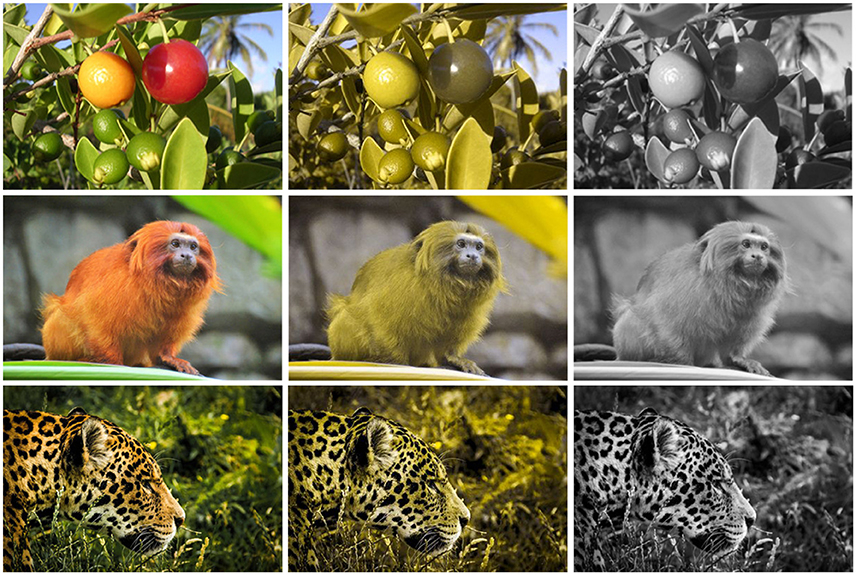In the dense jungles and grasslands of the wild, the majestic tiger prowls, its vibrant orange coat seemingly blending seamlessly with the surroundings. While one might assume that such a bold hue would immediately give away its presence to potential prey, the reality is quite the opposite. Tigers, along with many other mammals, have evolved to exploit the limited color vision of their prey, a phenomenon that sheds light on the intricate interplay between evolution and perception.
Most mammals, including tigers, are dichromats, meaning they possess only two types of color receptors in their eyes, typically sensitive to blue and green wavelengths. This limitation in color vision renders them unable to distinguish between certain colors, particularly red and green. However, for predators like tigers, this seemingly disadvantageous trait has turned into an evolutionary advantage.
The evolution of the tiger's vibrant orange coat coincides with the emergence of dichromacy in mammals. By resembling the hues of their natural surroundings, such as the golden grasses of the savannah or the dappled sunlight filtering through the forest canopy, tigers can effectively camouflage themselves from unsuspecting prey. This clever adaptation allows them to approach their quarry undetected, increasing their chances of a successful hunt.
But the story doesn't end there. The evolution of red vision in primates, including humans, adds another layer to this fascinating phenomenon. Somewhere along our evolutionary lineage, a fortuitous mutation occurred, granting primates the ability to perceive the color red. This evolutionary leap proved to be immensely advantageous, as it allowed our primate ancestors to spot ripe fruits amidst the sea of green foliage, as well as to discern subtle changes in skin coloration, such as signs of health or aggression.
For modern primates, this red vision serves as a valuable survival tool, allowing us to identify potential threats or resources in our environment. When confronted with a tiger lurking amidst the greenery, the ability to perceive its distinct orange hue can mean the difference between life and death. This evolutionary arms race between predator and prey has shaped the natural world in profound ways, highlighting the intricate adaptations that arise in response to selective pressures.
Examples abound in the animal kingdom of similar instances of evolutionary innovation. Consider the cryptic coloration of the chameleon, whose ability to change skin color allows it to blend seamlessly into its surroundings, or the disruptive coloration of the zebra, which confuses predators by breaking up its outline with bold stripes. These adaptations represent nature's ingenious solutions to the age-old challenge of survival in a world teeming with life.
In the process of evolution, mutations play a pivotal role in driving diversity and adaptation. A mutation, simply put, is a random change in an organism's genetic material, which can give rise to new traits or variations. While many mutations are neutral or even detrimental, occasionally, they confer a selective advantage that allows individuals carrying them to thrive and pass on their genes to future generations.
The evolution of red vision in primates serves as a compelling example of how a single mutation can have far-reaching consequences, shaping the course of evolutionary history. From the humble beginnings of a genetic anomaly to the complex interplay of predator-prey dynamics, the story of red vision offers a fascinating glimpse into the wondrous diversity of life on Earth.
